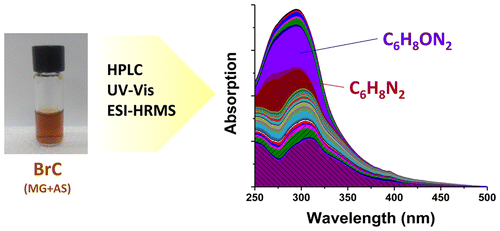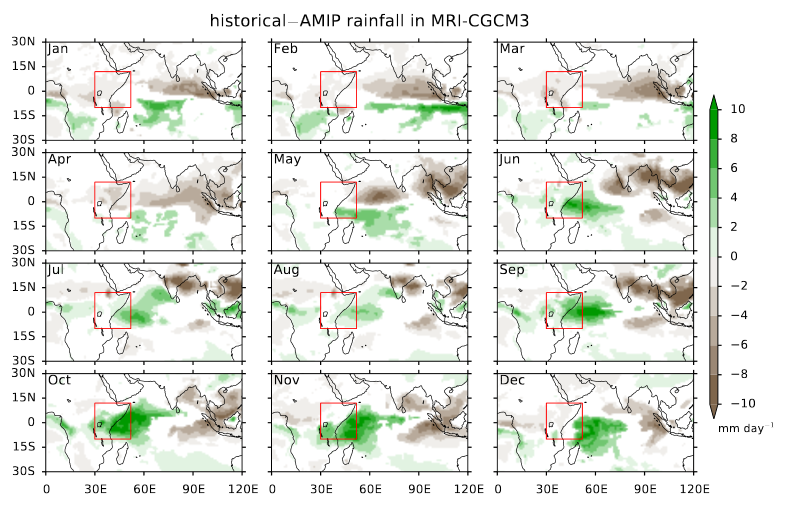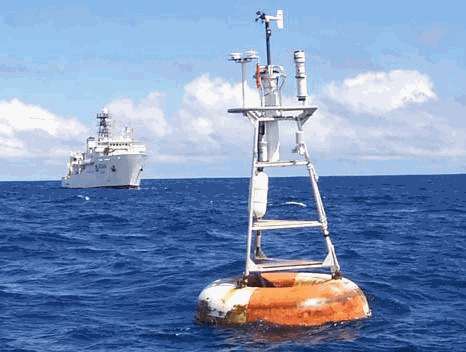Revealing Brown Carbon Chromophores Produced in Reactions of Methylglyoxal with Ammonium Sulfate
Research supported by CPO’s Atmospheric Chemistry, Carbon Cycle, and Climate (AC4) program was recently published in the Journal Environmental Science and Technology. The paper by Lin et al. focuses on the poorly-understood formation mechanisms of atmospheric brown carbon (BrC) chromophores.










